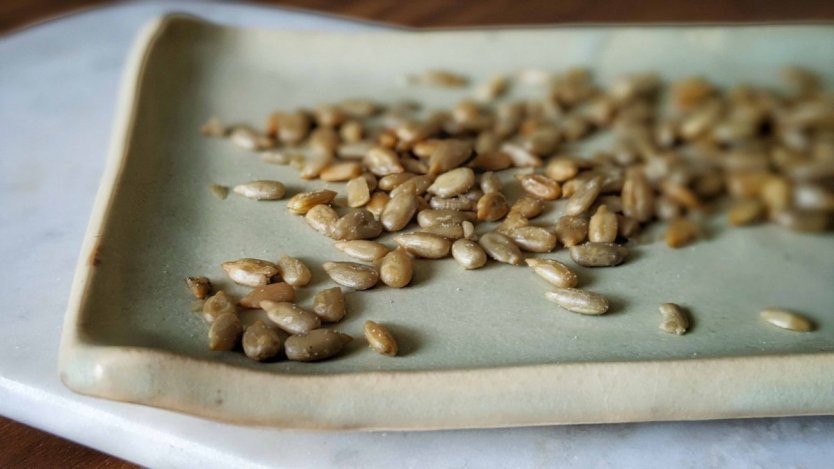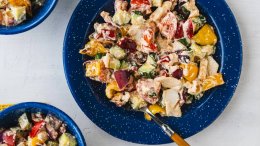For many of us, sunflower seeds are nothing more than a tiny morsel hiding inside a sodium-laden shell that's cracked open and spat out. Even describing that makes me a crave a slow-pitch game on a sunny day with friends.
For everyone out there who has severe nut allergies, they will agree that these seeds are so much more than that. Sunflower seeds can fill the void of nuts in most recipes, albeit a slightly different flavour, it does not vary drastically in texture from a chopped up cashew, peanut, hazelnut or almond.
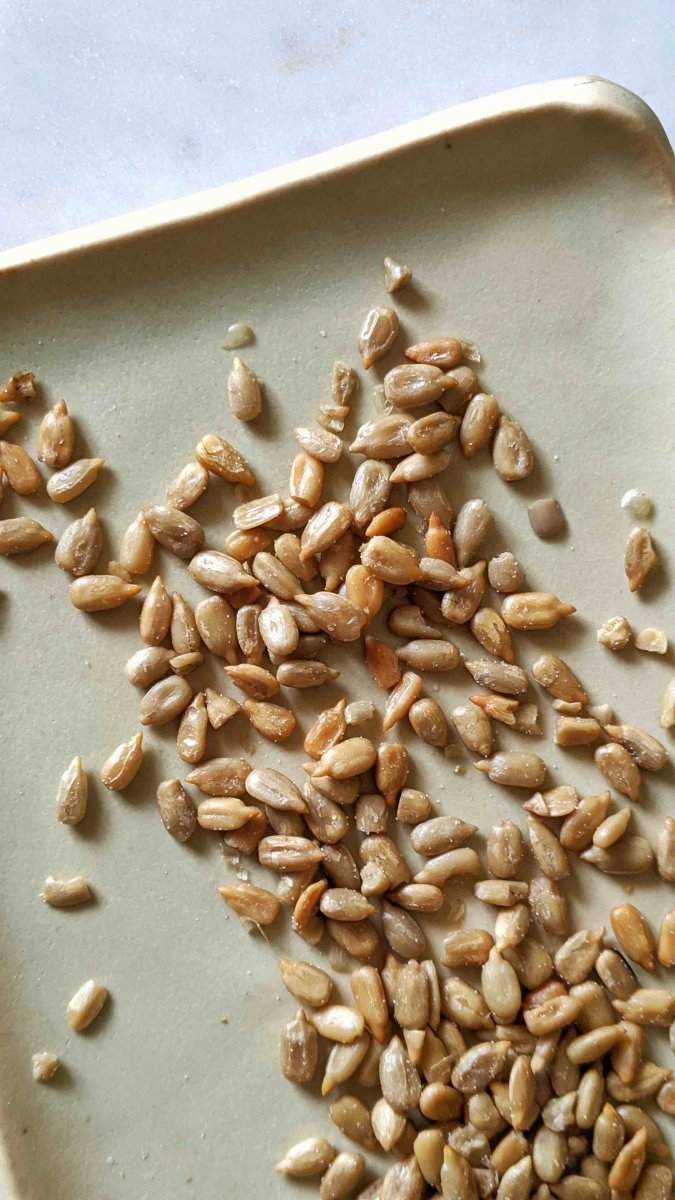
Another noteworthy fact is that most sunflower seeds you'll find at your local grocer will have been grown and processed in Canada, unlike almonds, cashews or peanuts. The more you know!
Here are a few ideas for how you can use shelled sunflower seeds at home this summer.
Make butter

Those with severe nut allergies will have likely already tried sunflower seed butter and for those who haven't, now is the time!
Essentially, it's just roasted sunflower seeds that are blended in a processor until the consistency is spreadable, akin to a peanut butter. Add some honey or maple syrup to sweeten it slightly if you'll be using it on toast for breakfast, but left unsweetened, the "butter" is a nice accompanient to grilled vegetables when mixed together with a little apple cider vinegar and salt.
Adding to soup
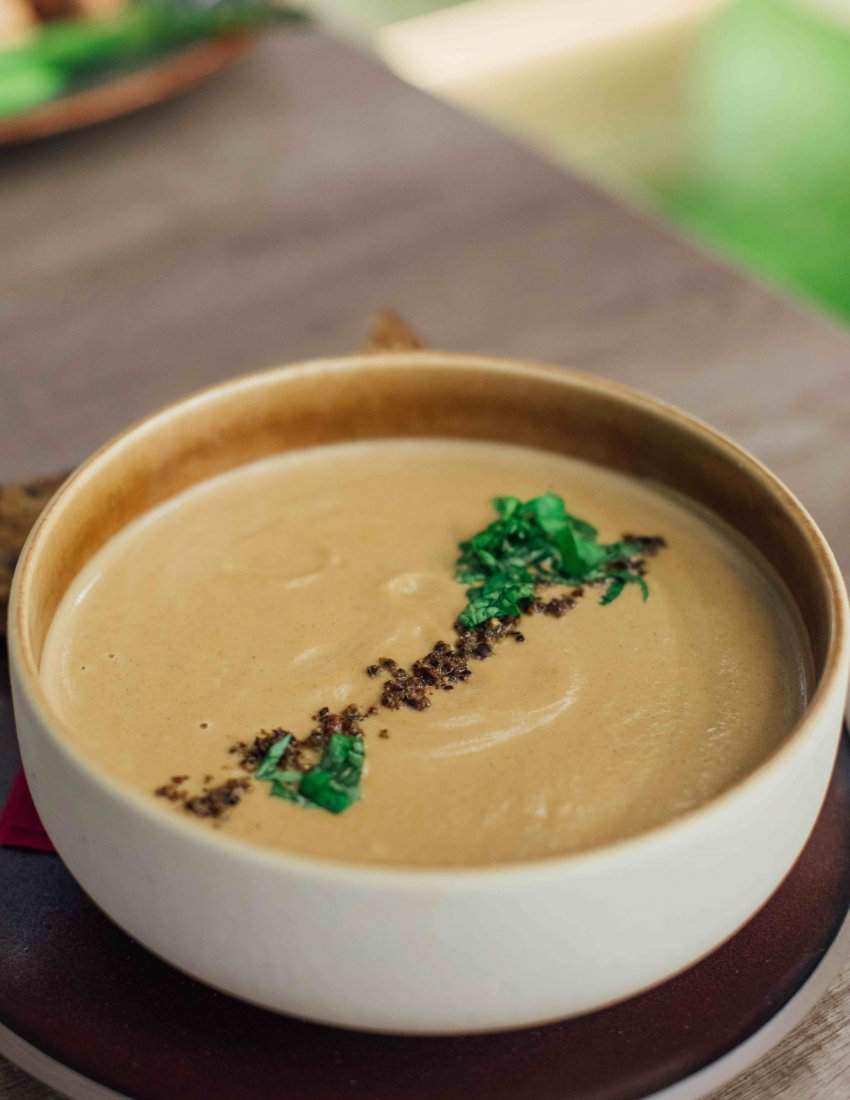
Perhaps a tip best meant for those who are lactose intolerant or vegan, soaking sunflower seeds in some broth (or just plain water) and then puréeing the combination is a good way to add richness and "creaminess" to a soup without using dairy. It also can aid in thickening if you would prefer not to use a roux to thicken.
Make salad dressing
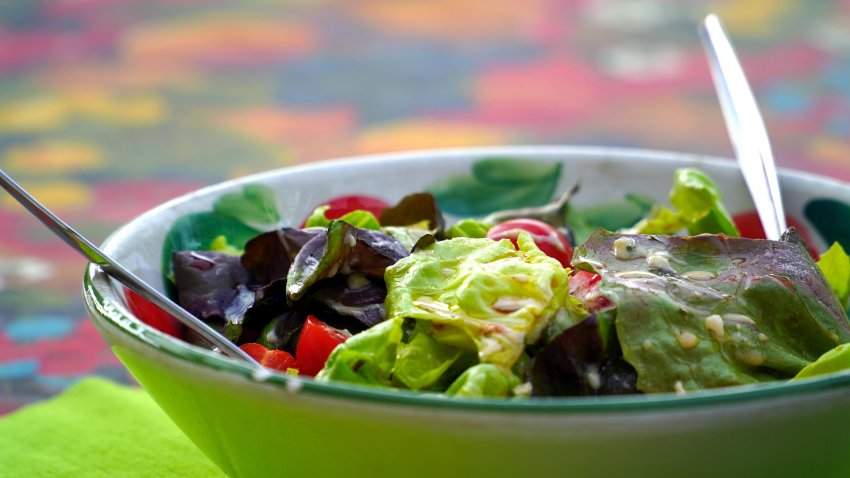
In a similar vein to the above, a puréed mixture of equal parts raw sunflower seeds and water will yield a smooth and creamy texture. The mixture can be made more viscous for a beautiful vegan and nut-free dressing by blending it with a splash of vinegar or lemon juice while slowly adding oil–I prefer cold-pressed canola in this case. Add in a handful of fresh herbs, like dill, mint and parsley from the garden to make it more summery.
In "risotto"
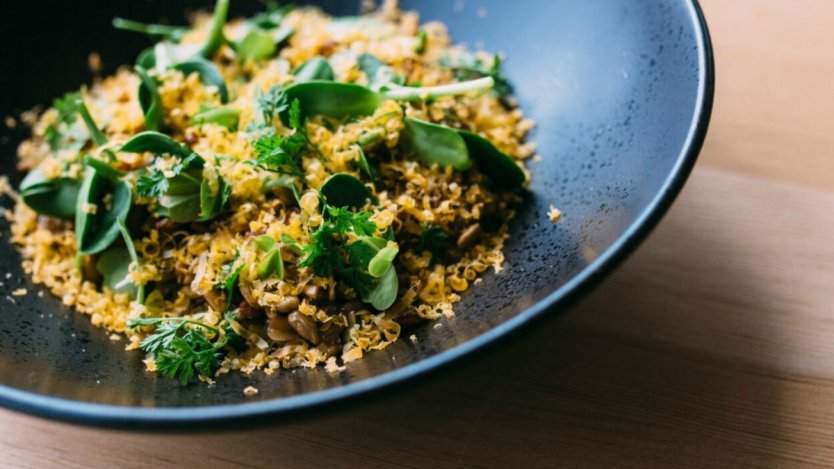
One of the most unique ways to use raw sunflower seeds is in risotto, in place of the traditional arborio rice. Though the cooking process isn't quite the same, as they don't absorb liquid the same way a rice grain would, these seeds become extra rich and tender when slow-cooked in a pan with chicken or vegetable broth, onions, mushrooms and a splash of cream at the end.
Chef Christine Sandford of Edmonton's Biera does an exceptional version of this, which sees sunflower seeds cooked together with rye berries and topped with a feathery pile of grated mimolette cheese and sunflower shoots.
Damn, now I want to drive to Edmonton and eat that.
Make pesto

At the fraction of the cost and a comparable texture, there is absolutely no reason to not use sunflower seeds instead of pine nuts in a traditional pesto. And as tasty as the classic pesto is, there's no reason why you can't get creative with it. I love making pesto with roasted sunflower seeds, a mix of fresh herbs as well as pickled japalenos. It's the perfect topping to all types of grilled meats, vegetables and even salads during the summer.
Add to brittle
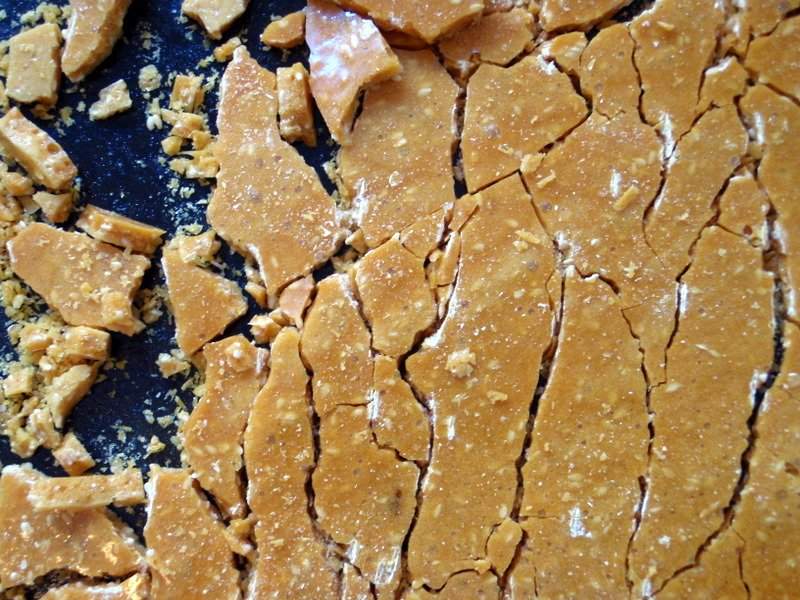
This one is for all of the sweet-toothed folks out there. Brittle can be a bit intimidating if you've never made it before, but all it takes is a little courage, a candy thermometer and a good quality heavy-bottomed metal pot. Substitute sunflower seeds for nuts in any brittle recipe, and the result is a dessert everyone can eat without fear of allergic reactions–unless they are allergic to delicious treats, I guess.

